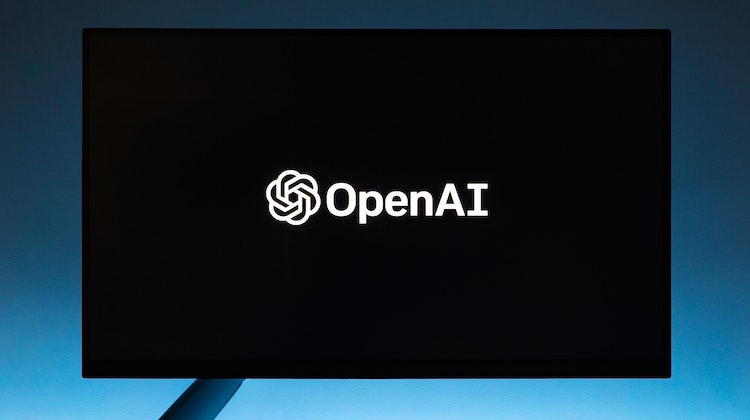
Photo Credit: pexels
Even before the sudden emergence of ChatGPT last year, artificial intelligence was transforming social media. AI-powered algorithms, after all, helped to determine what you saw in your social media feeds, how your social media ads performed, and even what types of personalized recommendations you received.
And now ChatGPT is changing the game once again. Here’s a brief look at ways that AI is changing social media in completely unexpected ways.
AI-generated photos and videos
When most people think of AI-generated content, they immediately think of text content and massive armies of AI-powered bots cranking out brief snippets of content across the internet. But the new revolution of generative AI is now leading to the rise of text-to-video and text-to-image platforms that make it surprisingly easy for anyone to create amazing social media content.
When it comes to text-to-image generation, the big names to watch are DALL-E, Midjourney and Stable Diffusion. All of them use a version of generative AI to create incredibly unique images. And, with just a slight tweak to the text input, you can have an amazing sample of artwork at your disposal. You can even request that these text-to-image generators create artwork in the style of a certain artist, or with a certain type of lighting, or within a certain artistic genre. Your only limit is your imagination. If, for example, you want to see an image of a re-imagined Shakespearean play with yellow mist and aerial acrobatics, you can have it.
New social media job roles
At the same time, the ChatGPT boom has opened up entirely new opportunities when it comes to social media jobs. Ever heard of an AI prompt engineer? This is someone who is intimately acquainted at how to achieve certain results with AI tools. If you don’t want to spend all day experimenting with creating new images for a social media ad campaign, then you might want to explore the services of a prompt engineer.
A new twist to the social media influencer game
Finally, AI is having an impact on the social influencer game. For example, AI can now predict how a certain influencer will align with your brand goals and objectives. It can also figure out the best way to deploy an influencer, and what the ad campaign’s ROI might be.
Conclusion
Of course, this is all very new terrain for everyone involved. The initial surprise and wonder of ChatGPT seems to have worn off, and now there is a mountain of ethical, regulatory, and even moral issues to consider. What if AI is contributing to “algorithmic bias”? What if you’re putting people out of work by embracing AI? And what if you’re inadvertently contributing to the spread of misinformation or disinformation? After all, AI bots are known to “hallucinate,” and when they do, they can spread a lot of incredibly inaccurate information.
But it’s easy to see how AI – and especially, generative AI – is the future. If you are looking to take your social media game to the next level, then it’s definitely worth keeping an eye on new advances and breakthroughs in this space.